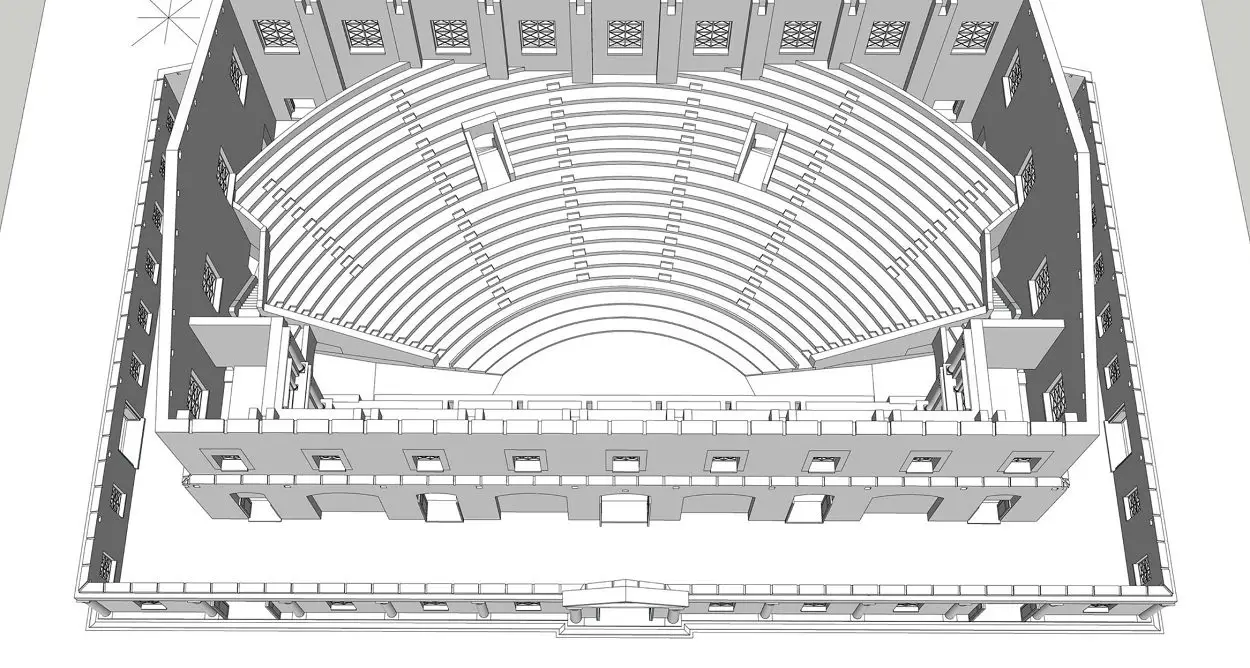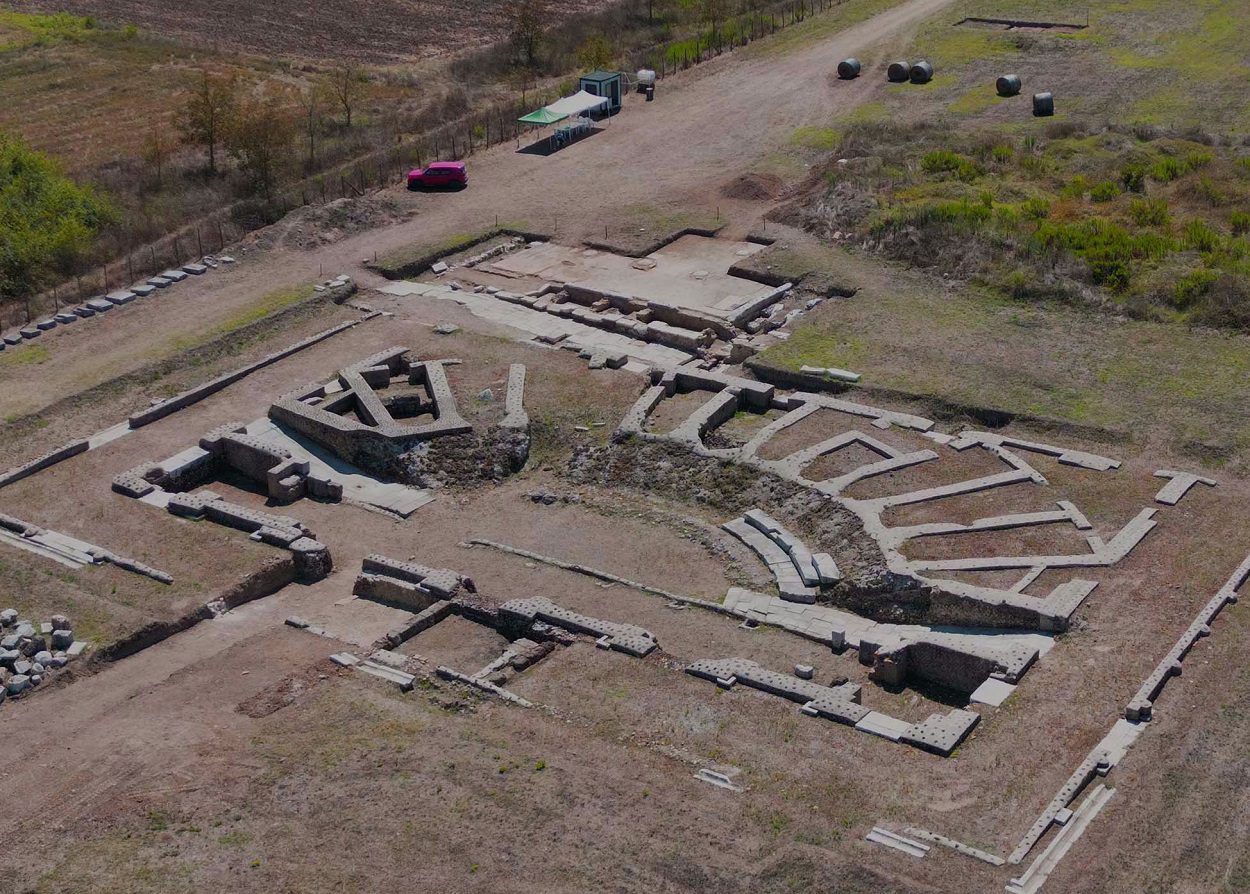A new study by researchers from the University of Cambridge has revealed that Interamna Lirenas, traditionally written off as a failed backwater, continued to thrive during the Roman Crisis of the Third Century AD.
Interamna Lirenas was founded in 312 BC as a colonia of Latins in the present-day province of Frosinone, central Italy. The town was situated at the confluence of the Liri and Rio Spalla Bassa rivers, whence the name “Interamna” (meaning “between the rivers”).
Julius Caesar become patronus of Interamna Lirenas, using the strategic position of the town as he sought to consolidate support across Italy during the civil wars.
In AD 235 to 284, the Roman Empire came near to collapse in a period known as the Crisis of the Third Century, also known as the Military Anarchy or the Imperial Crisis.
Over the ensuing five decades, the empire grappled with a confluence of challenges, including barbarian invasions and migrations penetrating Roman lands, internal strife marked by civil wars, uprisings among peasants, and a tumultuous political landscape characterised by numerous usurpers competing for power.
These events culminated in the devaluation of the Empire’s currency, economic turmoil, and the exacerbation of disorder due in part to the Plague of Cyprian.
Despite these upheavals, a new study published in the edited volume Roman Urbanism in Italy has revealed that Interamna Lirenas continued to thrive during the 3rd century AD. The town’s abandonment only occurred around the 6th century AD, attributed to its location along a direct route frequently used by marauding armies.
A GPR survey carried out by the researchers has also revealed the presence of a large warehouse, a temple and a three bath complexes, which served a river port between the late 1st century BC and the 4th century AD.
Dr Alessandro Launaro, the study’s author and Interamna Lirenas Project lead at Cambridge’s Faculty of Classics, said: “This river port enabled Interamna Lirenas to profit from trade between Aquinum and Casinum, key centres to the north, and Minturnae and the Tyrrhenian coast to the southeast. It would have been crucial to the town’s success.”

On the town’s northwestern perimeter, archaeologists unearthed the remains of a roofed theatre measuring approximately 45 metres by 26 metres, that accommodated an audience of 1,500 individuals.
“The fact that this town went for a roofed theatre, such a refined building, does not fit with a backwater in decline. This theatre was a major status symbol. It displayed the town’s wealth, power and ambition,” said Dr Launaro.
The team also found nineteen substantial courtyard buildings, which they suggest functioned as indoor marketplaces (macella), guildhouses (scholae), residential complexes, and notably, public warehouses (horrea).
This impressive infrastructure indicates that the town served as a pivotal trading centre, connecting to larger hubs like Aquinum and Casinum. Historical records affirm that Interamna Lirenas hosted two distinct markets, further supporting its significance in trade networks.
In addition, archaeologists uncovered a sizable open area that operated as a livestock market for sheep and cattle, playing a crucial role in facilitating the prosperous wool trade within the region.
Header Image Credit : University of Cambridge







